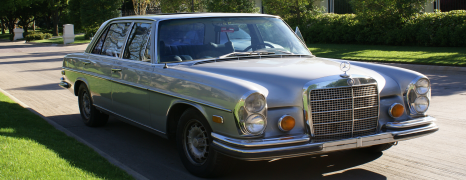04-03-2023, 03:28 AM
Smart lighting
Lighting or smart lighting is a lighting technology designed to save energy, in which the control system implements lighting according to conditions such as space occupancy (presence of people) or availability of daylight.
In general, the term 'smart lighting' is given to innovative light bulbs that are made from the electronic circuits used for LEDs
LEDs, include the following smart lighting essentials:
# Not relying on organic fuels to produce electricity and using alternative environmentally friendly sources such as solar energy.
# Work to increase energy saving and conservation by controlling the operation and extinguishing.
# Producing longer life lamps
[monitoring
The control unit easily adjusts and regulates the degree of illumination and the lamps selected for operation, according to the signals coming to it through light sensors and sensors of the presence of individuals distributed in the place.
Advantages
Efficiency: LEDs are more efficient than regular bulbs. For example, LED lights are used to power a traffic light that consumes 10 watts, while an ordinary bulb consumes 150 watts. Therefore, the energy saving rate is between 82% to 93%, in which about 80% of the energy in ordinary lamps is lost in the form of heat.
Runtime: LED bulbs last longer, with a runtime of 100,000 hours, equivalent to 11 years of continuous operation, while regular bulbs only last 5,000 hours.
Adaptation: LEDs do not have internal filaments, so they are not susceptible to damage from shocks or vibrations. And the designer can group a number of small LED lights together to design lamps and lamps for different uses.
Diversity: LEDS provide approximately 16 million colors, including white. This versatility makes it extremely useful in many functions and applications.
TRANSLATED FROM:
تصميم البيوت الذكيه
التحكم عن بعد
أفضل أنظمة المنازل الذكية
Lighting or smart lighting is a lighting technology designed to save energy, in which the control system implements lighting according to conditions such as space occupancy (presence of people) or availability of daylight.
In general, the term 'smart lighting' is given to innovative light bulbs that are made from the electronic circuits used for LEDs
LEDs, include the following smart lighting essentials:
# Not relying on organic fuels to produce electricity and using alternative environmentally friendly sources such as solar energy.
# Work to increase energy saving and conservation by controlling the operation and extinguishing.
# Producing longer life lamps
[monitoring
The control unit easily adjusts and regulates the degree of illumination and the lamps selected for operation, according to the signals coming to it through light sensors and sensors of the presence of individuals distributed in the place.
Advantages
Efficiency: LEDs are more efficient than regular bulbs. For example, LED lights are used to power a traffic light that consumes 10 watts, while an ordinary bulb consumes 150 watts. Therefore, the energy saving rate is between 82% to 93%, in which about 80% of the energy in ordinary lamps is lost in the form of heat.
Runtime: LED bulbs last longer, with a runtime of 100,000 hours, equivalent to 11 years of continuous operation, while regular bulbs only last 5,000 hours.
Adaptation: LEDs do not have internal filaments, so they are not susceptible to damage from shocks or vibrations. And the designer can group a number of small LED lights together to design lamps and lamps for different uses.
Diversity: LEDS provide approximately 16 million colors, including white. This versatility makes it extremely useful in many functions and applications.
TRANSLATED FROM:
تصميم البيوت الذكيه
التحكم عن بعد
أفضل أنظمة المنازل الذكية




